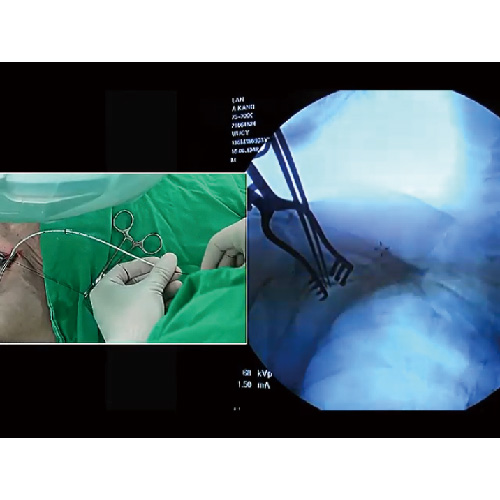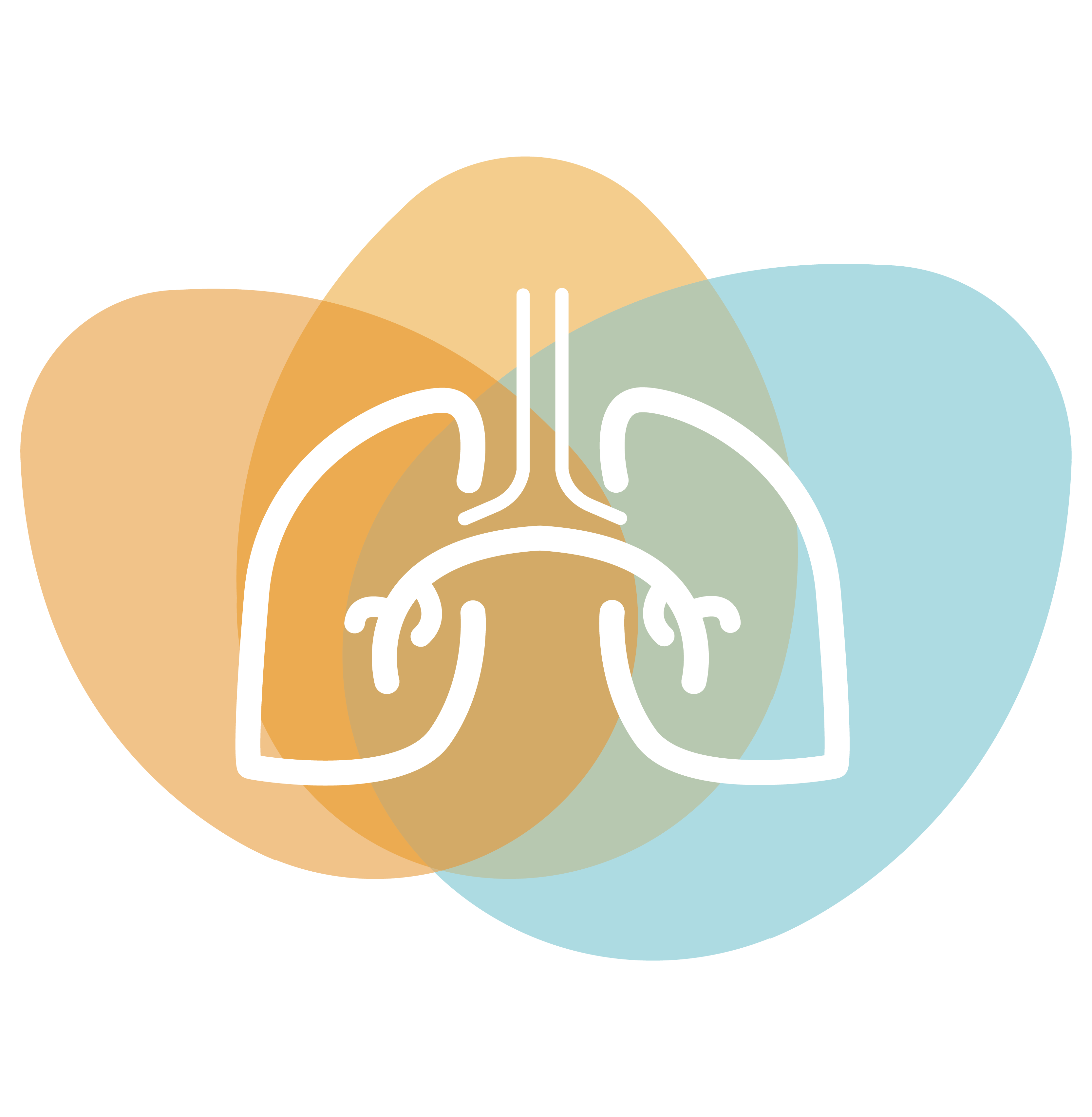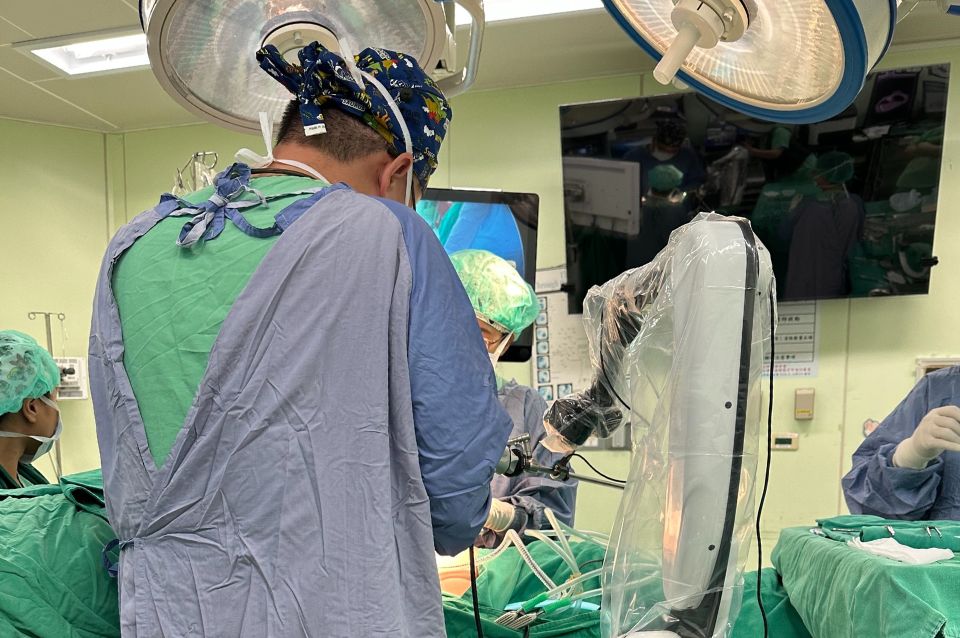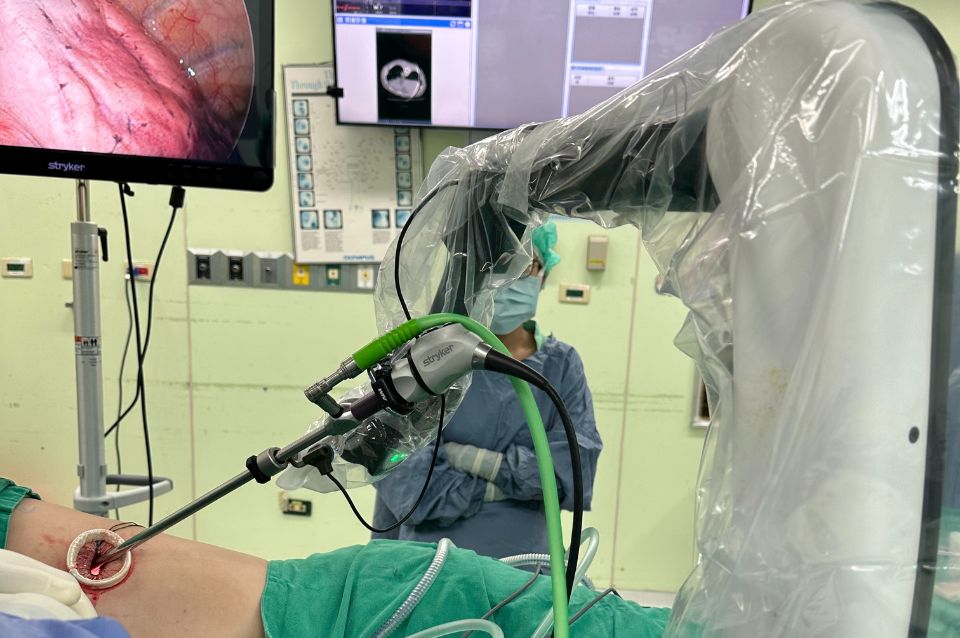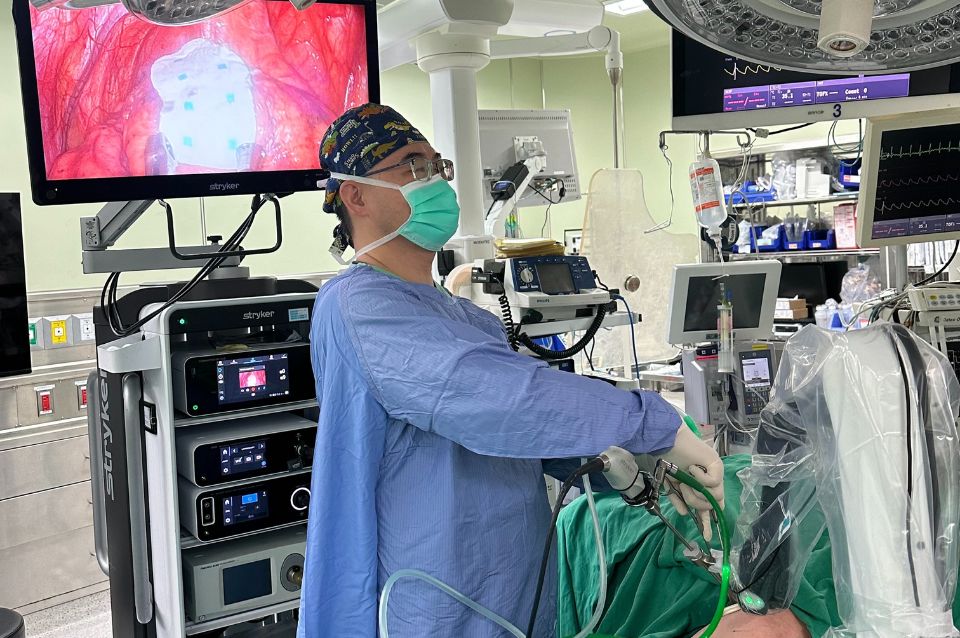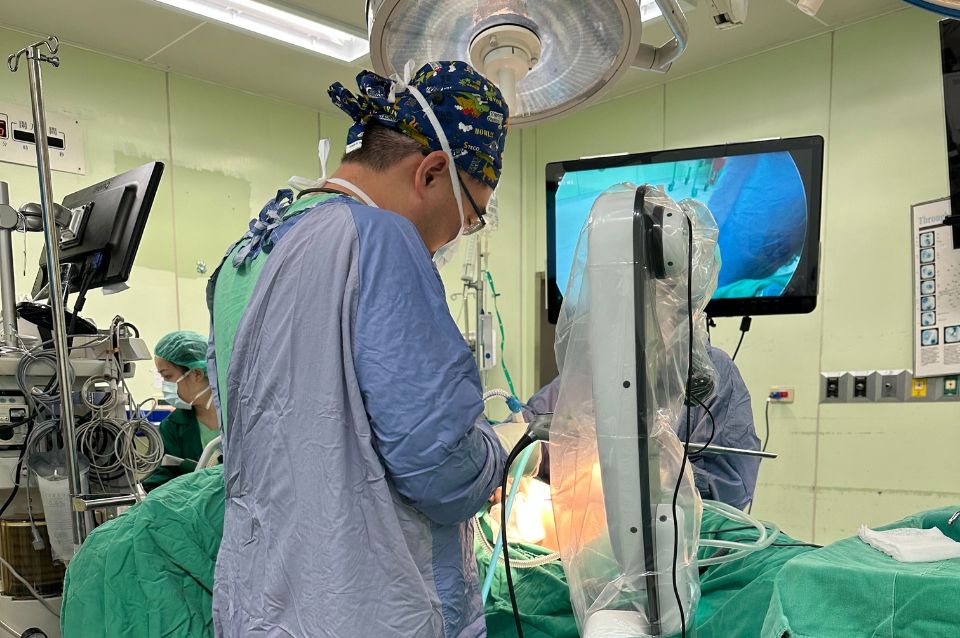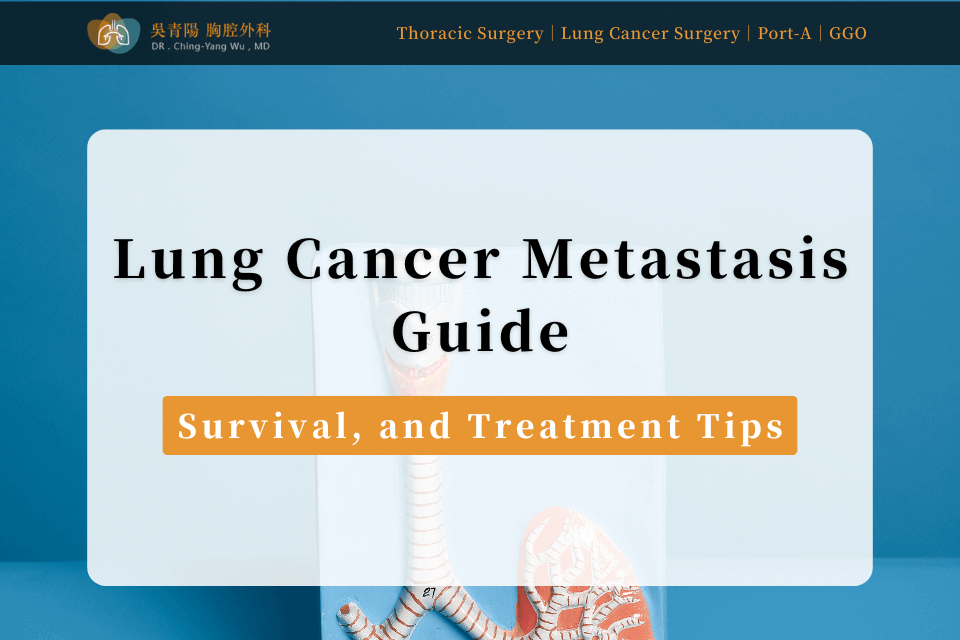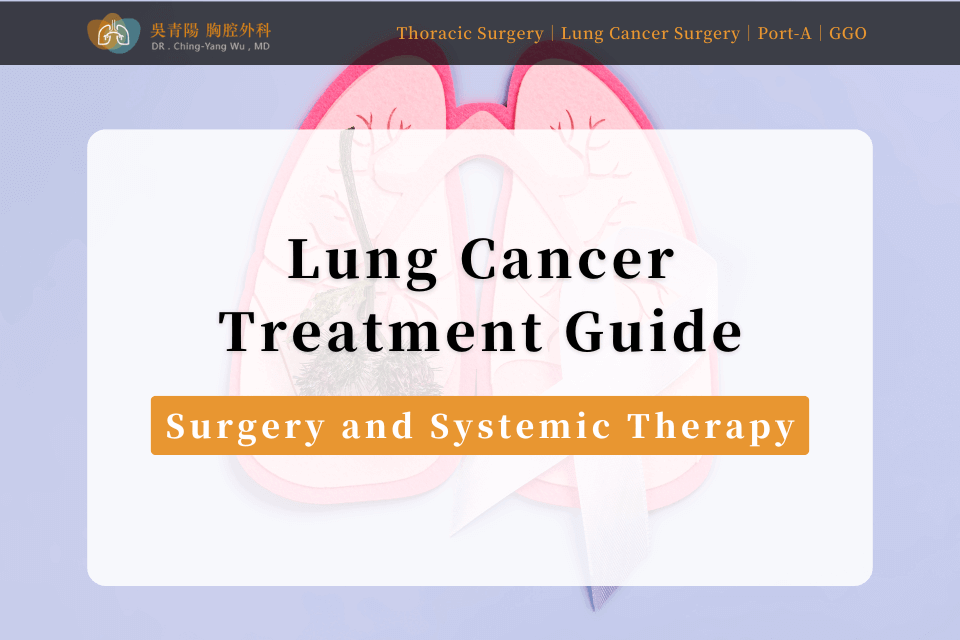Important Information About Low-Dose Chest CT(LDCT)
- Low-dose lung CT does not require contrast injection or fasting. It uses lower radiation than standard CT and focuses on lung lesions only—not areas like the mediastinum or upper abdomen.
- LDCT has a much higher sensitivity than chest X-rays in detecting lung abnormalities, making it the most effective imaging tool for lung screening.
- Among high-risk individuals, approximately 10% of those undergoing LDCT are found to have thoracic lesions that require further evaluation.
- The lung cancer detection rate in high-risk groups using LDCT is approximately 1–2%.
- High-risk individuals may be eligible for National Health Insurance (NHI) coverage for LDCT screening. Eligibility should be confirmed through the Health Promotion Administration or local public health departments, who will also coordinate the examination.
- Individuals not covered by public funding can opt for a self-paid LDCT screening at health checkup centers or at thoracic surgery/pulmonology outpatient clinics. The cost is approximately NT$6,000.
- If LDCT results show abnormalities (not necessarily lung cancer), it is essential to visit a thoracic surgery or pulmonology clinic to discuss follow-up evaluations and treatment options with a physician.
LDCT for Lung Screening
Effectively Reduces Lung Cancer Mortality
This section will explain the benefits of LDCT, the high-risk groups suitable for screening, and common clinical symptoms of lung cancer.
If you meet the criteria for a high-risk population, it is recommended to undergo LDCT screening as early as possible—early detection leads to early treatment and better outcomes.
Limitations of Chest X-Ray
Chest X-rays use ionizing radiation to produce grayscale images of the thoracic organs. However, due to the overlapping nature of structures within the chest, small or low-density lung lesions are often difficult to detect. As a result, chest X-rays are not considered a sensitive or effective tool for lung cancer screening.
Advantages of LDCT
LDCT provides clear imaging of the internal lung structures and precise lesion localization, overcoming the limitations of chest X-rays. According to the National Lung Screening Trial (NLST), low-dose spiral CT scans can reduce lung cancer mortality by 15% to 20%.
High-Risk Groups for LDCT
‧Aged 55 to 74, with a smoking history of 30 pack-years or more, and who currently smoke or quit within the past 15 years
‧Aged 50 or above, with a smoking history of 20 pack-years or more, plus additional risk factors such as personal history of cancer, family history of lung cancer, radon exposure and occupational exposure to carcinogens
‧Individuals with no or light smoking history (less than 10 pack-years), or who quit smoking over 15 years ago, but who have other risk factors such as female, family history of lung cancer and age over 60
Lung Cancer Screening Research
Studies on lung cancer screening in non-smokers in Taiwan have shown that individuals with a family history of lung cancer have a higher risk of developing the disease. This risk increases significantly with advancing age, leading to a higher detection rate among older individuals.
Clinical Symptoms of Lung Cancer
‧Symptoms of local invasion: Wheezing, upper limb swelling, and chest pain—these are related to compression of the trachea, major blood vessels, or chest wall by the lung lesion.
‧Symptoms of metastasis: Shortness of breath, rapid heartbeat, dizziness, and headache—these may result from tumor spread, such as pleural effusion, pericardial effusion, or brain metastasis, and typically indicate stage III or IV lung cancer.
Thoracic Surgeon
DR. CHING-YANG WU
The lung surgery is complex and highly difficult, with different surgical methods for treatment. The success of the surgery highly depends on the experience and skill of the thoracic surgeon.
Single-port thoracoscopic surgery for lung cancer/lung tumors
Single-port robotic surgery for lung cancer/lung tumors
Single-port thoracoscopic surgery for mediastinal tumors
Intravenous port implantation (Chemoport)
Follow-up and treatment of lung ground-glass opacities
About DR. CHING-YANG WU
- Attending Thoracic Surgeon at Linkou Chang Gung Memorial Hospital
- Associate Professor of Surgery at Chang Gung University
- Associate Professor of Surgery at Chang Gung Memorial Hospital
- Instructor of the Taiwan Society of Thoracic and Cardiovascular Surgery
- Instructor of the Taiwan Society of Thoracic Surgery

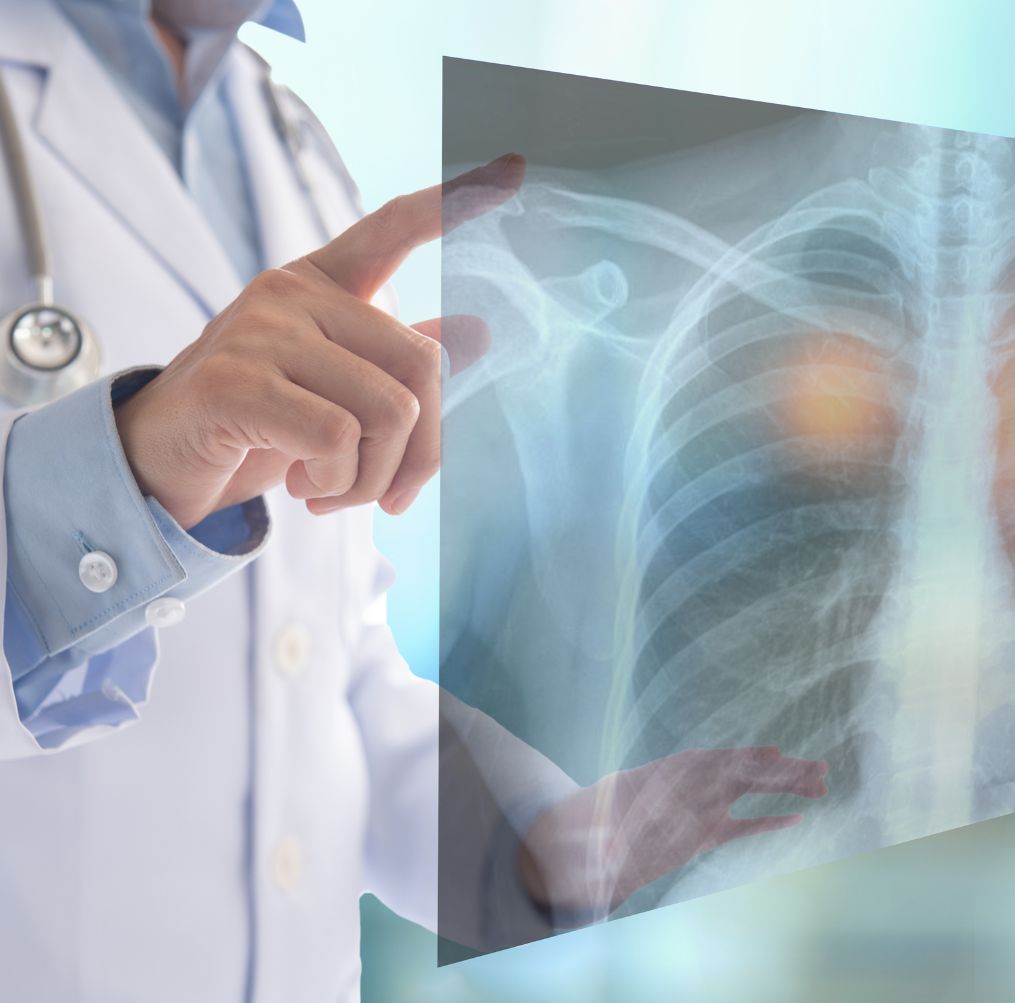
Thoracic Booking
Chang GungTaoyuan
- Address:No. 123, Dinghu Rd., Guishan Dist., Taoyuan City
- Call to Book:03-3196200
- Clinic Hours:Thu. 8:30 AM – 12:00 PM
- Book Now:Taoyuan Chang Gung Thoracic Surgery
Chang GungLinkou
- Address:No. 5, Fuxing St., Guishan Dist., Taoyuan City
- Call to Book:03-3281200
- Clinic Hours:Fri. 1:00 PM – 5:00 PM
- Book Now:Linkou Chang Gung Thoracic Surgery
LDCT Lung Scan Procedure
-
 1
1Appointment and Preparation
Arrive at the designated hospital at the scheduled time for the examination.
-
 2
2Pre-Examination Preparation
No contrast injection or kidney function blood test is required, so fasting is not necessary before the scan.
-
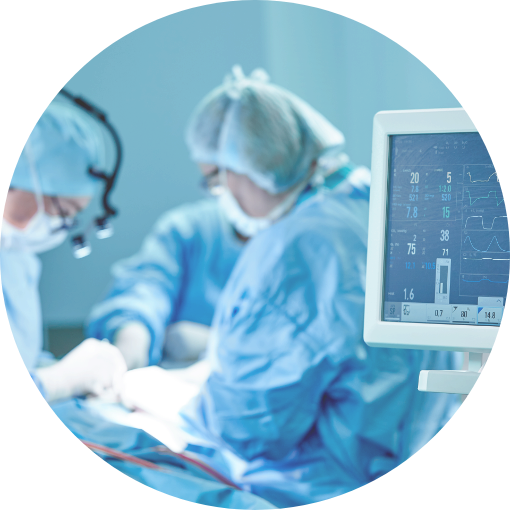 3
3Report Consultation
If any abnormalities are found, you will be notified by phone and scheduled for a follow-up outpatient visit.
-
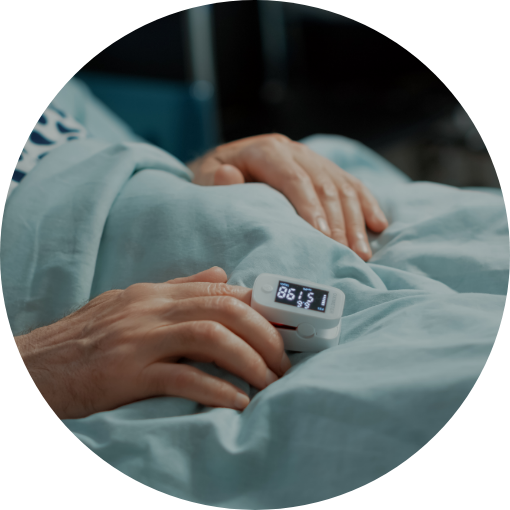 4
4Referral
If surgery is being considered and the screening hospital does not have a thoracic surgeon, a referral will be arranged to a facility with the appropriate specialist.
-
 5
5Follow-Up
The frequency of imaging follow-up is determined based on the size and density of the lesion observed on the scan.

LDCT Lung Scan Q&A
How Much Does a Low-Dose CT (LDCT) Scan Cost?
The cost of a low-dose CT scan is approximately NT$6,000, and it is recommended for individuals at high risk of lung cancer.
How Often Should You Get an LDCT Lung Scan?
It is recommended to undergo a low-dose CT lung scan once every 2 years.
Does the Radiation from an LDCT Lung Scan Affect the Body?
According to regulatory guidelines, the general public should not be exposed to more than 1 millisievert (mSv) of radiation per year.
A single low-dose CT (LDCT) scan delivers a radiation dose roughly equivalent to 100 chest X-rays, with a typical LDCT lung cancer screening dose around 1.5 mSv.
Who Should Not Undergo LDCT Lung Screening?
‧Pregnant individuals (to minimize radiation exposure)
‧Those who have had a chest CT scan within the past 12 months (to avoid excess radiation)
‧Individuals with a catastrophic illness certificate for lung cancer (should continue with regular follow-up instead)
‧Those unable to undergo thoracic biopsy or surgery (screening would not lead to early treatment)
‧Individuals who cannot hold their breath or complete the scanning procedure
‧Those with unexplained hemoptysis (coughing up blood) in the past month (possible lung cancer symptom; medical evaluation recommended)
‧Those with a recent chest X-ray within the past month showing suspicious lung lesions (possible lung cancer; medical evaluation recommended)
‧Individuals who have experienced unexplained weight loss of more than 6 kg in the past year (possible cancer-related symptom; medical evaluation recommended)
LDCTEarly Detection, Early Treatment
PressCoverage
 Health LTN
Health LTN
Advancing Large-Cell Lung Cancer Treatment: NCYU & Chang Gung Memorial Hospital, Linkou Collaborate
Associate Professor of NCYU and Dr. Wu’s team collaborate on large-cell lung cancer research, yielding significant findings...

Dr. Wu Receives AATS Graham Award at ASCVTS 2016
Dr. Wu excelled in the AATS Graham Award evaluation, delivering his research within the 12-minute limit (10-minute presentation + 2-minute Q&A)...

Dr. Wu’s Team Publishes Study on Three CT-Guided Techniques for Lung Lesion Localization in the European Journal of Radiology!
From September 2019 to August 2021, the team analyzed 418 patients with lung lesions, comparing three CT-guided...

Dr. Wu’s Team Publishes Study on 3D Simulation Training for Oncology Nurses in Seminars in Oncology Nursing!
Since implantable venous catheters are not visible to the naked eye and can only be identified by touch, improper handling may occur...

Dr. Wu’s Research on Implantable Venous Ports Published in Medicine!
Based on literature and clinical experience, Dr. Wu formulated a standard algorithm to evaluate the best entry vessel for...

Dr. Wu’s Lung Cancer Research Published in Medicine!
Many patients still experience recurrent non-small cell lung cancer (NSCLC). To investigate, Dr. Wu and his team reviewed data from 356 stage I lung cancer patients (2005–2011), finding...

Dr. Wu’s Team Publishes Prognostic Study on Lung Adenocarcinomas ≤2cm in the Journal of the Formosan Medical Association!
The study aims to identify unique prognostic factors with clinical significance. Retrospective analysis of cases from...

Dr. Wu’s Team Publishes Study on Postoperative Circulating Tumor Cells as a Predictor of Lung Cancer Recurrence in Diagnostics!
With extensive experience in lung cancer surgery, Dr. Wu’s team investigated whether changes in circulating tumor cells (CTC)...

Dr. Wu’s Study on Central Venous Catheter Tip Placement Published in Medicine!
After analyzing 346 cases, Dr. Wu found that 221 cases (63.9%) were in the non-migration group, 67 cases (19.4%)...

Dr. Wu’s Research on a New Implantable Injection Port Published in Journal of Biomedical Materials Research Part B: Applied Biomaterials!
With in-depth studies and extensive clinical experience in implantable intravenous ports, Dr. Wu has explored complications...

Dr. Wu’s Expertise
- 2011 Taiwan Thoracic & Cardiovascular Surgery New Scholar Award
- 2012 Taiwan Thoracic & Cardiovascular Surgery President’s Award
- 2014 Taiwan Vascular Surgery Smart Award
- 2015 Taiwan Vascular Surgery Smart Award
- 2016 AATS Graham Award
- 2020 Taiwan Thoracic & Critical Care Medicine Best Paper
- 2021 Taiwan Thoracic & Cardiovascular Surgery President’s Award
- 2023 Global Injection Port Consensus Conference
InfoVideo
What Is a Port-A?
Port-A types can be classified by catheter material, high-pressure compatibility, and injection port material. Catheters are mainly made of silicone…

Why Get a Port-A?
A brief overview of the reasons for Port-A placement…

What Is a High-Pressure Port-A?
An overview of high-pressure Port-A and its clinical benefits…

How Do Healthcare Providers Use a High-Pressure Port-A?
Identification and injection procedure for high-pressure Port-A…

Post-Op Care for Port-A
Daily activities remain unrestricted, but certain movements depend on port placement…

Port-A Placement: What to Expect
An implantable venous port, commonly known as a Port-A, serves as a reliable IV access for clinical treatments. It functions like an invisible socket placed under the skin, allowing injection needles—like…
